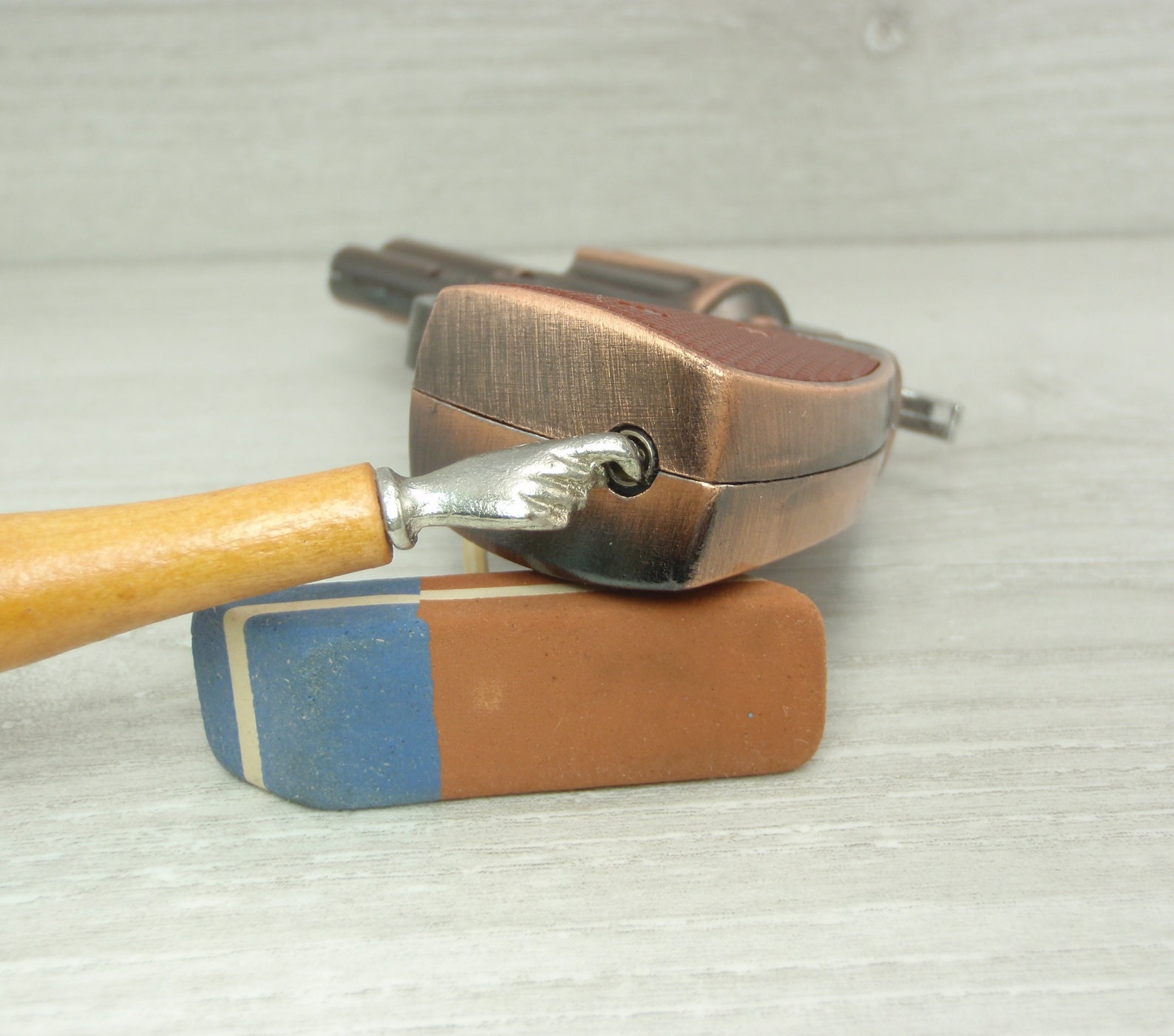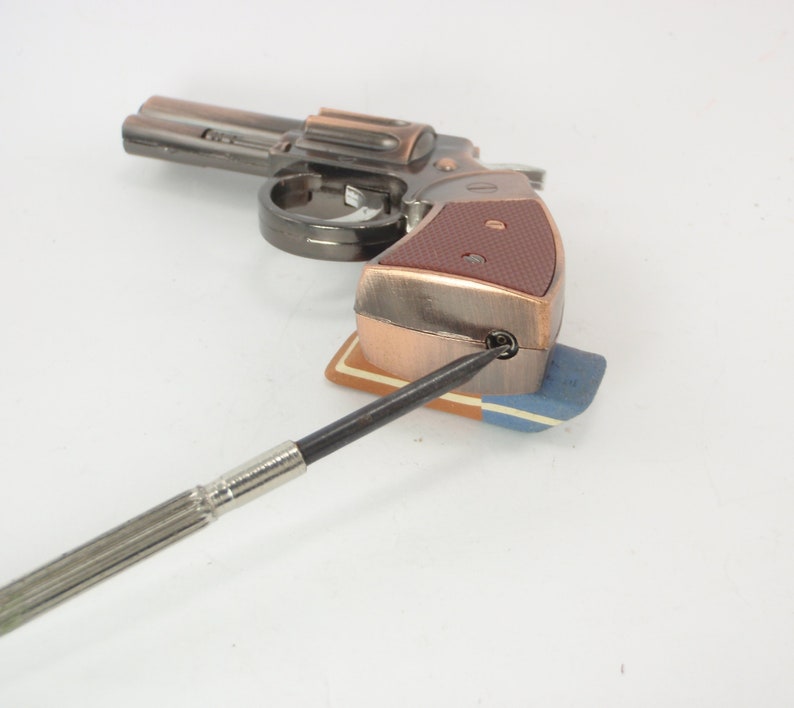

Non-acoustic piezoelectric devices include motors and actuators. The piezoelectric effect is very useful in a variety of applications that involve the production and detection of sound. It will calculate the object’s distance using the time interval from the transmitter and the receiver. When the receiver piezoelectric device gets compressed by the returning sound wave, it sends the signal (voltage) to the signal-processing electronics which will take that bounced-back sound wave and process it. The receiver, unlike the transmitter, uses the direct piezoelectric effect. Once the sound wave hits an object, it will bounce back and will be detected by the receiver. The sonar transmitter uses inverse piezoelectric effect when it uses voltage to send out a sound wave to search for objects ahead. Today, sonar has many applications, from locating fish to underwater navigation. Initially developed to help detect icebergs, interest in sonar rose during World War I to help locate submarines underwater. Scientists kept searching for higher performance materials and this resulted in the development of barium titanate and lead zirconate titanate, two materials that adopt piezoelectric characteristics with very specific properties suitable for particular applications. A breakthrough came when scientists developed a new class of man-made materials, called ferroelectrics, which exhibited piezoelectric characteristics many times more powerful than piezoelectric crystals. Other naturally-occurring piezoelectric materials include topaz, tourmaline, and even bone. The most well-known, and the first commercially available piezoelectric material used in electronic devices is the quartz crystal. There are a variety of piezoelectric materials, both man-made and natural, that can produce electricity.

The atoms will then have to move to rebalance themselves and this is what causes piezoelectric crystals to deform when voltage is applied across.

The inverse piezoelectric effect occurs in the opposite way when atoms are subjected to electrical pressure when a voltage is put across a piezoelectric crystal. By subjecting the piezoelectric crystal to physical stress, a voltage is produced across its opposite faces. Now the dipole moments no longer cancel one another out and net positive and negative charges appear on opposite crystal faces. When the crystal is stretched or compressed, this pushes the charges out of balance. The forces (electric dipole moments) of the charges exactly cancel out, leaving no net charge on the crystal faces. Normally, the charges in a piezoelectric crystal are exactly balanced, even if they're not symmetrically arranged.


 0 kommentar(er)
0 kommentar(er)
